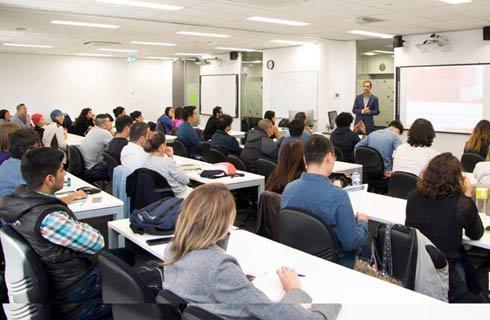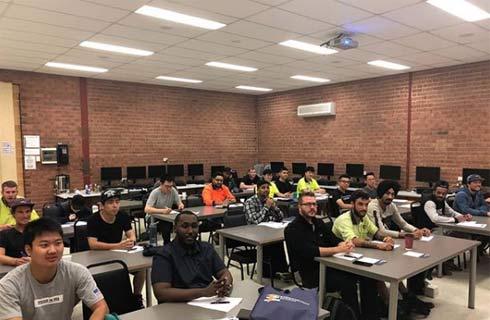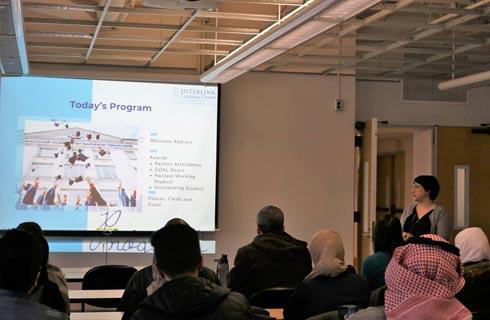- IDP China>
- 课程库>
- 医学与健康>
- 职业健康与临床医学>
- 牙科实验室技术>
- Certificate in Orthodontics and Dentofacial Orthopedics in conjunction with a Master of Science in Oral Biology
正畸和口腔颌面骨科证书,以及口腔生物学理学硕士
Certificate in Orthodontics and Dentofacial Orthopedics in conjunction with a Master of Science in Oral Biology

学历文凭
Masters Degree

专业院系

开学时间

课程时长

课程学费

国际学生入学条件
Must have earned a DMD/DDS degree from a program in the US or Canada that is fully accredited by the Commission on Dental Accreditation
Must be eligible for a Nevada state dental license and receive a full or limited dental license from the Nevada State Board of Dental Examiners prior to engaging in any clinical activity.
Bachelor's Degree – You must hold a four-year baccalaureate degree from a regionally accredited institution, or an approved international equivalent.
Grade Point Average – You must have a minimum overall grade point average of 2.75 (4.00=A) for your bachelor's degree, or a minimum 3.00 (4.00=A) for the last two years (60 semester hours).
Test of English as a Foreign Language (TOEFL) Paper‐based: Total minimum score 74, Computer‐based: Total minimum score 213, Internet‐based: Total minimum score 80, International English Language Testing System (IELTS): Minimum score 6.5
IDP—雅思考试联合主办方

雅思考试总分
6.5
- 雅思总分:6.5
- 托福网考总分:80
- 托福笔试总分:550
- 其他语言考试:Pearson Test of English (PTE) - Minimum score: 65
CRICOS代码:
申请截止日期: 请与IDP联系 以获取详细信息。
课程简介
The UNLV School of Dental Medicine, Advanced Education Program in Orthodontics and Dentofacial Orthopedics offers a 34-month combined Master's Degree and Certificate residency program. The class size is six residents per year and begins during July. The program is designed to offer a broad spectrum of didactic, clinical, research, and teaching experience in the field of orthodontics and dentofacial orthopedics. The emphasis of the program is to prepare the graduate for successful completion of all examinations and case presentations required for board certification and to become a Diplomate of the American Board of Orthodontics.<br><br>The program trains the resident to have a broad knowledge and understanding of growth and development, diagnosis and treatment planning, biomechanics, craniofacial anomalies, interdisciplinary dentistry, surgical orthodontics, research methodology, classic and current review of the literature, and teaching experiences. Patient care is conducted in a state of the art orthodontic clinic and technology is available for complete electronic patient records, as well as the latest in radiographic and diagnostic digital imaging. Patients are screened and accepted for treatment based on the level of treatment difficulty, educational benefit and needs of the orthodontic residents. These treatment cases represent a cross-section of the cases encountered in private practice to ensure the residents preparedness to practice orthodontics in a diverse population.
相关申请
 预科
预科 奖学金
奖学金 实习机会
实习机会 在校学习
在校学习 跨境学习
跨境学习 校园授课-线上开始
校园授课-线上开始 在线/远程学习
在线/远程学习
开学时间&学费
学费信息仅供参考,请与IDP联系以获取详细信息
| 开学时间 | 时长 | 学费 | 地点 |
|---|
学校排名

世界排名601
数据源:
泰晤士高等教育世界大学排名
关于内华达大学拉斯维加斯分校

内华达大学拉斯维加斯分校(UNLV)成立于1957年,至今已发展成为美国领先的研究机构和高等教育中心之一。大学拥有超过25000名本科生,其中许多学生是家里第一代大学生--他们父母之前都没有获得过大学学位。该大学以其多样性而闻名--有来自85个国家/地区的超过1000名国际学生在该机构就读。该分校还有100多个文化、种族或宗教性质的学生组织,学生可以在这些组织中认识类似背景的人,帮助学生感到更融入。学生们身处于拉斯维加斯热闹的气氛中,大学确保那些希望住在校园或附近的学生有很多令人兴奋的机会。对于想要宁静景观的学生来说,坐短途汽车就可以欣赏沙漠景观,为他们提供远离城市灯光的足够的休息空间。该大学有16个主要学院,提供广泛的学习课程选择。该大学还以其 ''酷学术"科目而闻名--最现代的专业或学习领域的组合,确保学生处于现代学习的最前沿。UNLV不仅仅有优秀的教学质量,而且还采用多样化的现代方法,确保学生处于所选领域的最前沿。该大学的学生支持服务非常优秀,各种服务确保学生不会因为个人问题而分散学习精力。该大学还为任何关心教育对财务影响的人提供了很高的性价比-2020-2021年,87%的UNLV本科生获得了财政援助和奖学金。
本校相关课程
其他相关课程
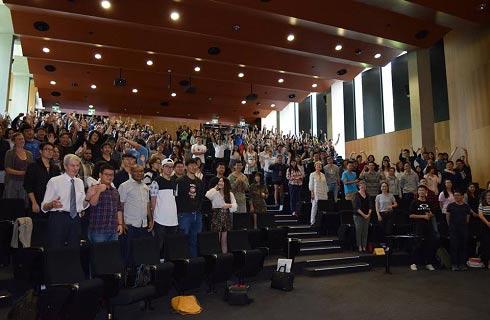
牙医技术文凭
 北阿尔伯塔理工学院
北阿尔伯塔理工学院学历文凭
Bachelor Degree
开学日期
课程费用总额

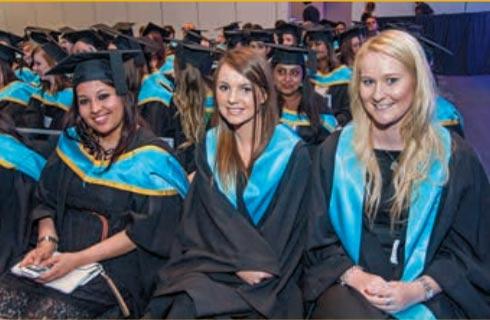
牙科接收和管理证书
 德恒学院
德恒学院学历文凭
Foundation for Undergraduate
开学日期
课程费用总额

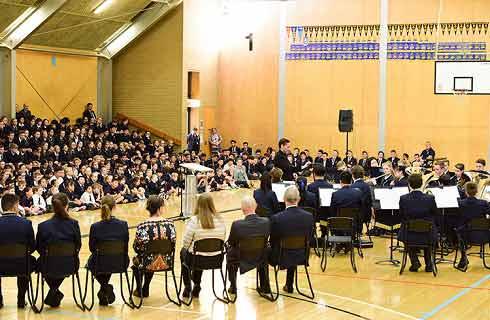
颅面科学理学硕士
 不列颠哥伦比亚大学
不列颠哥伦比亚大学学历文凭
Masters Degree
开学日期
课程费用总额

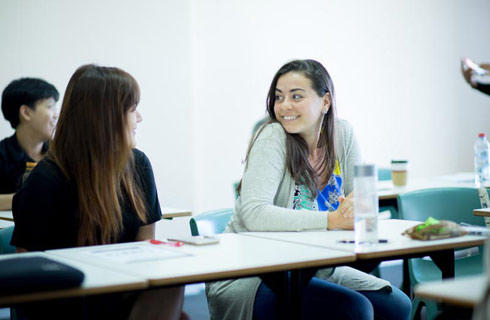
安大略大学牙科技术高级文凭
 乔治布朗学院
乔治布朗学院学历文凭
Bachelor Degree
开学日期
课程费用总额


Bachelor of Science in Dentistry
 曼尼托巴大学
曼尼托巴大学学历文凭
Bachelor Degree
开学日期
课程费用总额


Doctor of Philosophy in Craniofacial Science and Diploma in Endodontics
 不列颠哥伦比亚大学
不列颠哥伦比亚大学学历文凭
Ph.D.
开学日期
课程费用总额










 美国
美国
